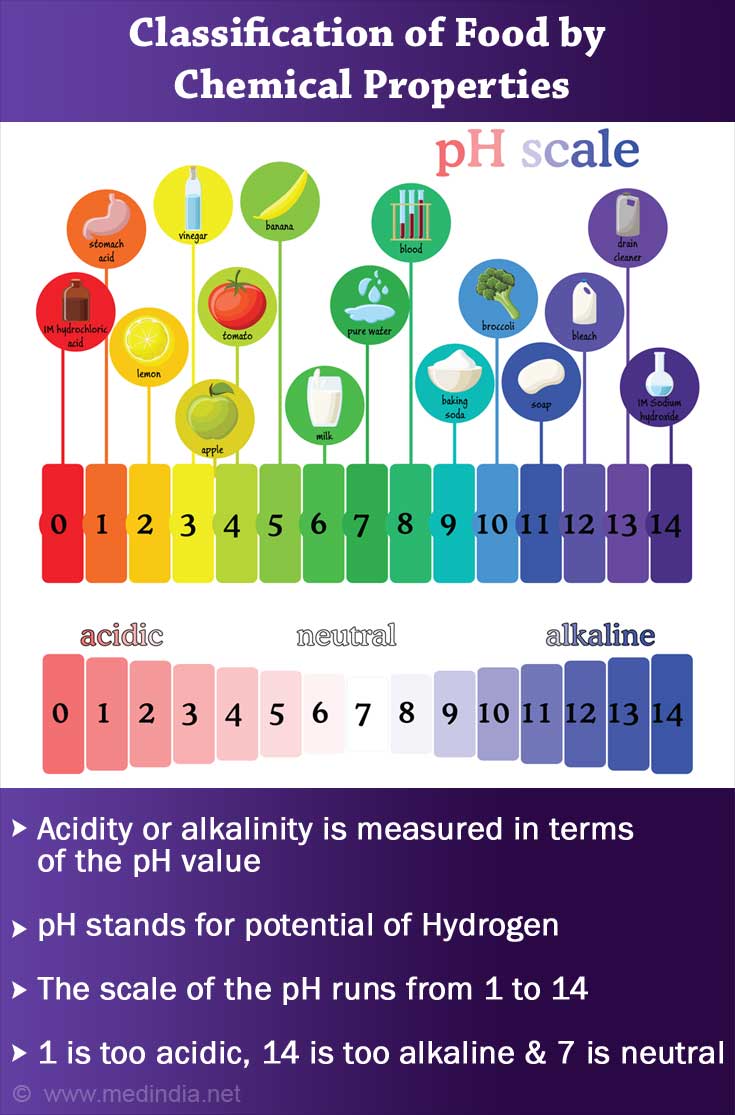Acid ash and Alkali ash Forming Foods
Acidity or alkalinity of food is measured in terms of the pH value. Food can leave either an acid ash or alkaline ash. The optimal health is in a mildly alkaline body.
In order for our body to function and grow, we all must eat food. Food is generally classified into three categories - carbohydrates, proteins and fats. All these are made up of four basic elements, namely, Carbon, Nitrogen, Oxygen and Hydrogen and all these four elements are abundantly present in the air. Mixed in with these foods with four elements are many inorganic minerals such as sulfur, chlorine, sodium, calcium, etc.
These elements are classified into two categories
i) Acid forming elements (sulfur, phosphorous, chlorine, iodine)
ii) Alkaline forming elements (sodium, potassium, calcium, magnesium, iron).
These minerals play essential roles in sustaining our body. These inorganic minerals in the food determine whether the food is alkaline ash forming or acid ash forming or acidic.

Acidity or alkalinity is measured in terms of the pH value (pH stands for potential of Hydrogen). The scale of the pH runs from 1 to 14; 1 is too acidic, 14 is too alkaline and 7 is neutral. The pH value of our blood is 7.4, which is slightly alkaline. Our body is hence naturally alkaline to be in optimal health.
All the fluids of the body with the exception of that in the stomach are also alkaline.
When dieticians talk about acidic food or alkaline food, they are not talking about how they taste but the kind of ash they leave behind. For example, orange juice tastes acidic but leaves an alkaline residue or alkaline ash after digestion and metabolism. Therefore they are considered to be an alkaline forming food. The healthy foods are those that generate the least amount of acid ash or residue.














